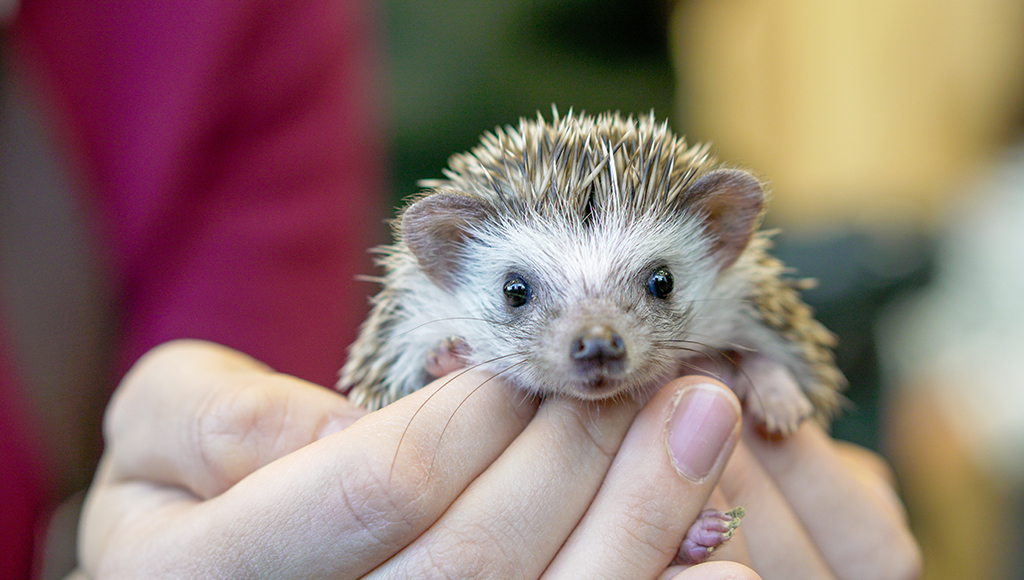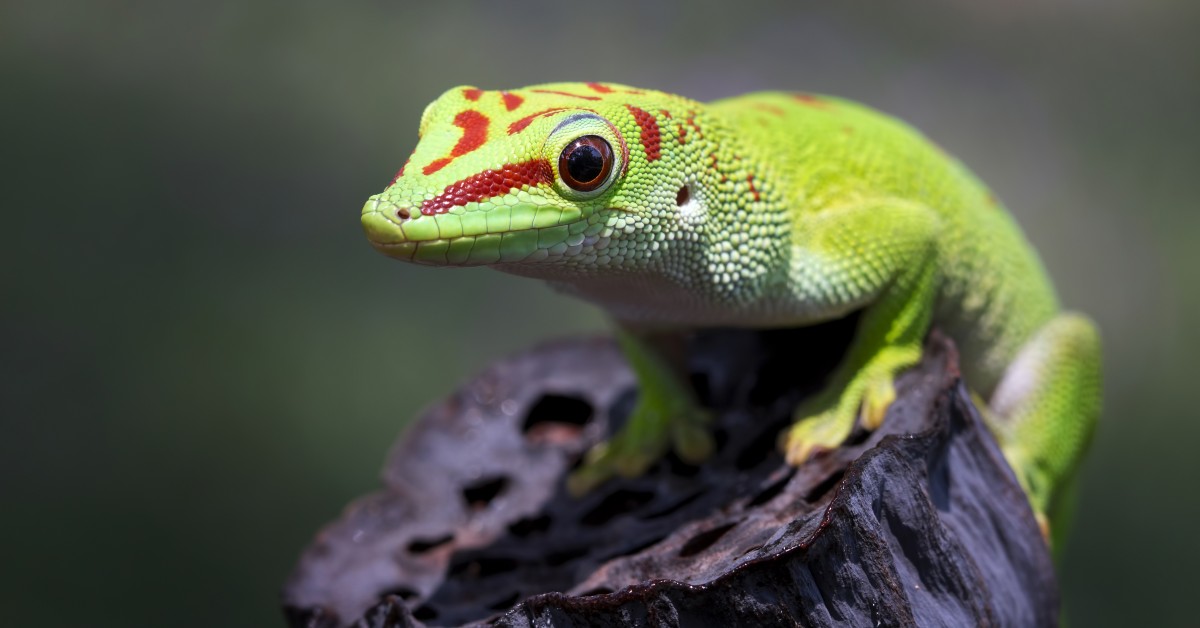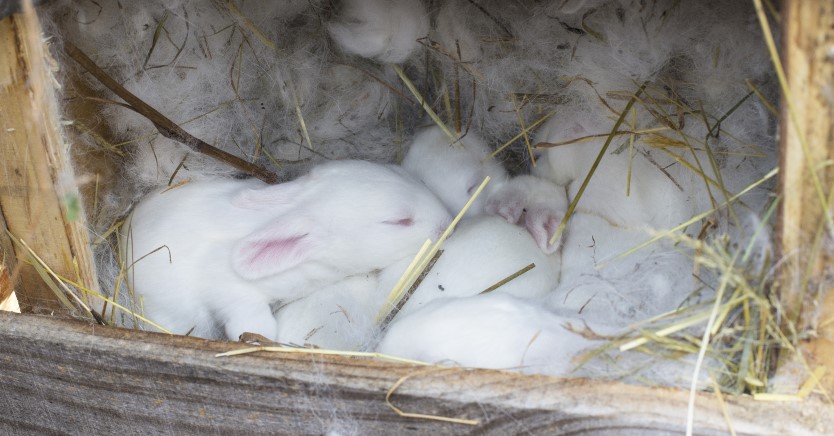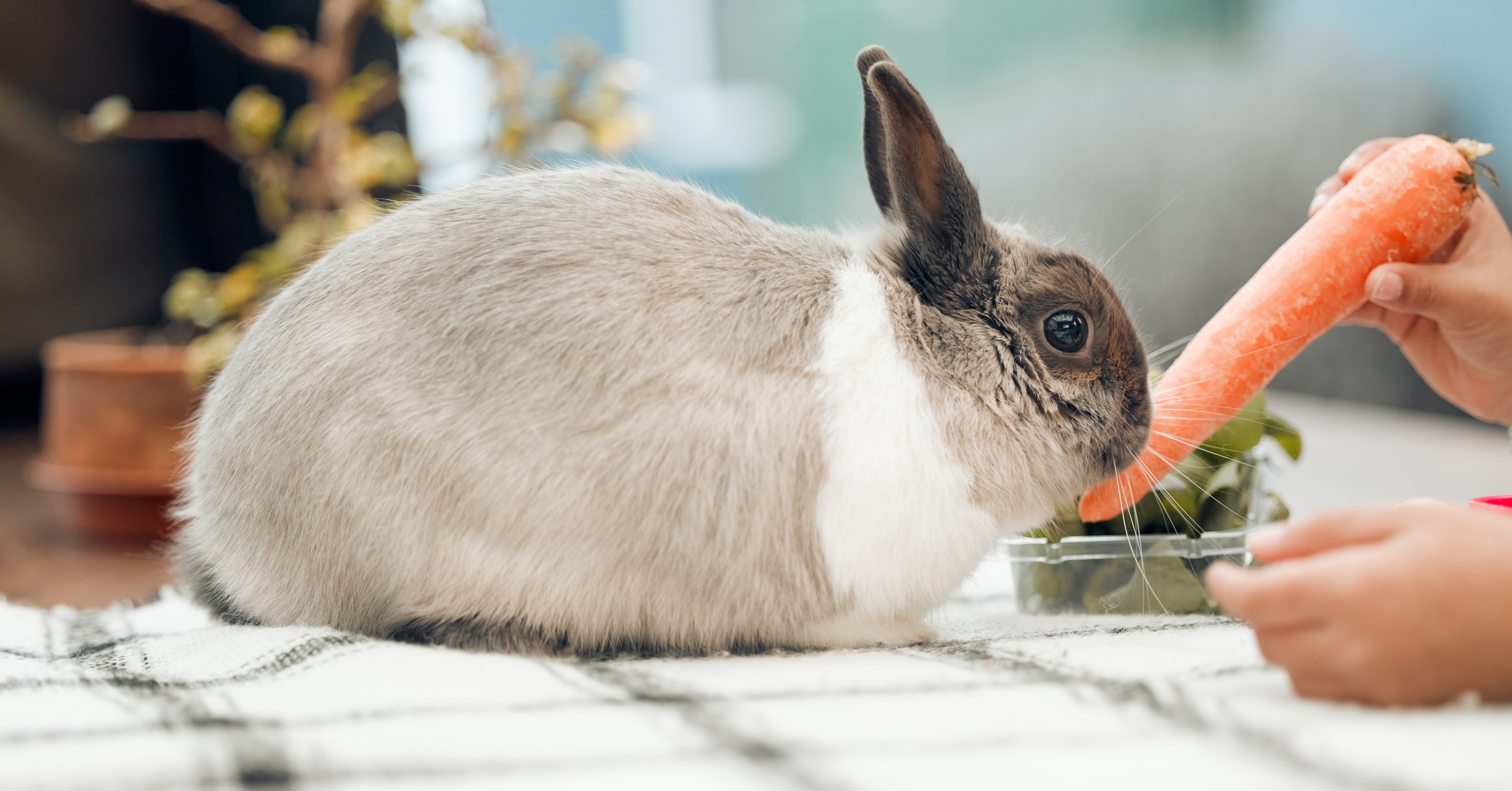Adorable African Pygmy Hedgehogs
Unique and unusual pets that can be great fun.

Appearance
The hedgehogs commonly kept as pets in North America appear to be a mix of species, originally native to Africa. The African Pygmy Hedgehog is a descriptive term coined by breeders, rather than a true species name. They are primarily insectivores, as insects make up the largest part of their natural diet.
Their backs are covered with rows of short prickly spines and their bellies are covered with soft fur. When threatened, they roll into a tight ball with just a mass of spines poking out. When relaxed, the spines lay almost flat. Thanks to selective breeding, hedgehogs are now available in a huge array of colors.
African Pygmy Hedgehogs are quite compact, growing to only about 5-8 inches in length. Their expected life span varies widely: anywhere from 3-8 years, although 4-6 years is probably the most typical. If you are considering one of these fascinating creatures as a pet, make sure you check city ordinances, as these animals are illegal in some areas.
Fairly low maintenance, African Pygmy Hedgehogs don't mind handling once they’re used to it, but they don't seem to "crave" human interaction once exposed to it.
Choosing a Hedgehog
Just like any other type of pet, there are things to watch for when selecting your new companion:
- It is best to locate a reputable breeder who breeds for good
temperament and makes sure young hedgehogs are handled
regularly.
- Getting a young hedgehog (6-8 weeks) is the best way to make
sure your hedgehog will get used to being handled.
- If possible, pick up the hedgehog to gage its reaction - try
to choose one that will allow itself to be picked up and maybe
even turned on its back without rolling into a tight ball and
staying there.
- Look for bright eyes, clear nostrils, and healthy looking
skin, quills and fur. Watch out for flaky skin, missing quills,
discharge around the eyes or nose, or evidence of diarrhea. Also
make sure the hedgehog is in good body condition - neither too
thin nor overweight (a good place to check is around the legs -
watch out for rolls of fat as obesity is a common problem).
- Males and females generally are equally good pets. Plan on only one hedgehog to a cage. Most hedgehogs are perfectly happy to be kept alone and often fight if kept with other hedgehogs.
Housing
Housing these pets is fairly simple, and they don’t require huge amounts of space. As with any creatures that must be “caged”; good common sense and consistent, regular cleaning will provide a healthy and safe environment. Here are some important things to consider:
- Allow a bare minimum of 2-3 square feet of floor space
(bigger is better).
- Many types of cages can be used - but always avoid wire
floors and be cautious about the spacing of wire sided cages -
the narrower the better.
- Aquariums, plastic commercial cages or even modified plastic
storage bins can be used. Clear plastic storage bins can be
modified to allow adequate ventilation (a row of holes around the
top of the bin and/or in the lid will work).
- Bedding - aspen shavings or newer alternatives to wood
shavings can be used, but avoid cedar shavings. Pine is probably
okay, especially kiln dried, but there are alternatives
available. Some people use indoor outdoor carpeting such as
Astroturf (using a heat source to seal the edges so the threads
do not come loose) to line the cage.
- Litter box - a small shallow pan with dust free cat litter
can be provided and may become the hedgehogs primary bathroom
area. Do not use clumping litter.
- Privacy - a cardboard box or some other enclosed hiding place
should be provided as a secure haven for your hedgehog, as they
will need a place to go for privacy.
- Exercise - a wheel provides great exercise and is helpful in preventing obesity. An open-sided, solid surface wheel is necessary, and should be quite large (greater than 10 inches, at a minimum). A good example of a hedgehog safe wheel is the Healthy Hedgehog Whisper Wheel from Hedgehogs by Vickie (stick to the larger size if at all possible; note they have a "Hefty Hedghog" model for the hedgehog that needs a little extra support).
This is a controversial area in hedgehog care. For many years, high quality cat food has been the recommended food of choice, supplemented with mealworms or crickets and other treats. Commercial hedgehogs diets are now available, which are not ideal but are, for the most part, better formulated for hedgehogs than cat food (although some hedgehogs do not like them as much as cat food). These can still be difficult to find in pet stores, but are becoming more widely available online.
Prepared insectivore diets (such as Zoo Fare) are another good alternative, often favored by exotic animal veterinarians and zoos. In any case, a mixture or variety of foods is probably the best choice, for both health and preventing diet boredom. Hedgehogs tend to love mealworms, which make a good occasional treat. But your hedgehog should be fed nutritious foods such as fruit, vegetables and dog food before being given mealworms. Crickets can also be fed to your hedgehog. Small amounts of hard boiled egg, baby foods or fruit may also be given as an occasional treat. Treats should be fed in moderation because obesity is unhealthy for your hedgehog.
Handling
Careful handling is a necessity, as these creatures are quite small and somewhat fragile. Most hedgehogs do not particularly like to be cuddled, but most will allow themselves to be picked up and will readily climb over their handler. Tame hedgehogs by handling gently and frequently, gently scooping up the hedgehog around the sides. If you get your hedgie from a good breeder who has been handling them, your hedgehog will most likely be quite tame already.
Initially, your hedgehog may curl into a ball when you try to pick him or her up. However, if you just cradle the ball of hedgehog in your hands the spines do not really hurt, and usually the hedgehog will relax and unroll within a few minutes and start exploring once it realizes you mean no harm. Be careful the hedgehog does not manage to coil into a ball over one of your fingers though as this can be extremely painful!
If your hedgehog is really resistant to handling at first, a thick towel should be all you need to be able to pick him or her up. When starting out with a new hedgie, try to practice handling it at times when the hedgehog is awake (e.g. early evening) as a sleepy hedgehog will understandably be more irritable and resistant to handling. Another thing you might try, when attempting to teach your hedgehog to be held, is to try hand-feeding its favorite treat such as mealworms to gain your hedgehog’s trust.
Unusual Characteristics
Hedgehogs have a remarkable habit called "self-anointing" which can be somewhat startling the first time an owner sees it happen. Particular smells seem to send the hedgehog into a flurry of contortions as it starts to salivate profusely and spread the saliva over its back. No one is entirely sure why hedgehogs do this and some seem more prone to this than others, but it is not a cause for concern.
Ready to start saving money on pet wellness care?
Then take a look at Mint Wellness, the pet wellness plan that provides fast reimbursement on routine pet care. Save on vaccinations, wellness exams, preventatives, dental, and more!
Learn More


